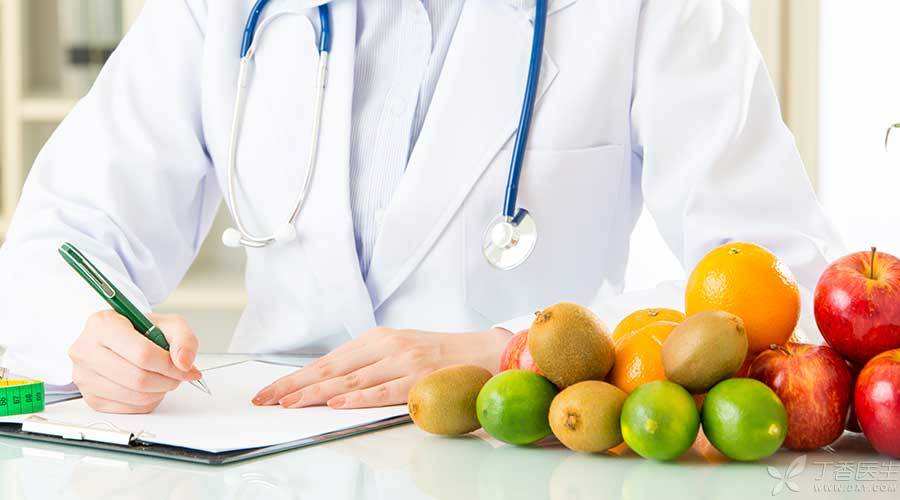
Salt is closely related to hypertension.
The main component of salt is sodium. When the human body ingests too much salt, the nerve center will convey the signal of thirst and the amount of drinking water will increase. In order to keep the sodium concentration at the normal level, the kidney will reduce urination, which will increase the water remaining in the body.
This moisture is present in the blood, resulting in an increase in the blood circulation of the whole body, which puts strong pressure on blood vessels and increases blood pressure. In addition, when sodium ions in the body increase, the peripheral resistance of blood vessels will also increase, resulting in an increase in blood pressure.
60% of hypertension is salt sensitive hypertension
Salt-sensitive hypertension is characterized by a particularly close relationship between elevated blood pressure and high-salt diet. After strictly limiting salt intake, blood pressure can be significantly reduced.
This kind of hypertension is especially common among the elderly. The elderly have decreased taste and often eat too much salt, which increases the risk of hypertension.
Other Disadvantages of High Sodium Diet
High-salt diet is one of the main causes of hypertension, and is also closely related to diabetes, osteoporosis, gastrointestinal diseases, etc. Therefore, it is imperative to change the high-salt diet. However, salt reduction is not simply to reduce the intake of salt, but to reduce the intake of all high-sodium foods.
According to statistics, the daily intake of salt per person in our country is about 10g, and even as high as 20g in some areas, far exceeding the standard amount of 6g.
For hypertension patients in our country, the first step to reduce blood pressure is a low sodium diet.
Pay Attention to Two Points in Changing High Sodium Diet
1. Eat less salt and also eat less invisible salt.
Apart from salt, Many foods also contain sodium, such as pickled vegetables, pickled cabbage and other pickled foods, processed foods such as ham sausage, luncheon meat and beef jerky, puffed foods such as French fries and potato chips, condiments such as soy sauce, ketchup, mayonnaise, salad dressing, miso and curry. Excessive consumption of these foods and salty condiments is equivalent to eating a large amount of salt, which will also lead to excessive salt.
Learn to look at the nutrition table to identify hidden salt in food.
In natural foods, salt content is generally not high, and processed foods are mostly on guard.
When buying processed food, one must learn to look at the sodium content on the package and choose food with low sodium content.
2. Gradually adapt to light rice and mussel
When improving eating habits, one should not seek speed. If the intake of salt is suddenly and sharply reduced, it will have a great impact on the quality of life and will destroy the water balance in the body. Especially for the elderly, due to the decrease of their own water regulation ability, the sudden decrease of salt will reduce the blood flow more and cause discomfort symptoms more easily.
Therefore, salt reduction can be gradually reduced in stages. If the initial salt intake is 10g per day, it can be gradually reduced to 8g, and then gradually reduced to 6g and 5g per day after adaptation for a period of time, which is more conducive to stabilizing blood pressure.
A low-salt cooking method that does not affect delicious taste.
Post-release salt
When cooking, it is best to lower the pressure and sprinkle it on the food before starting the pan, so that salt adheres to the surface of the food and does not penetrate into the inside, which can make people feel obvious salt taste and reduce the amount of salt used by nearly half.
Proper use of sauce
Sauce and soy sauce have certain salt content. When cooking meat dishes, add some sauce appropriately and put less salt or no salt at the same time. In this way, the dishes not only have attractive color and luster, stimulate people’s appetite, but also reduce the amount of salt used.
Replace salty with sour taste
When making cold dishes and salads, vinegar, lemon juice, tomatoes, etc. can be used for seasoning, which not only reduces the amount of salt, but also makes the dishes taste better.
Use olive oil or sesame oil to enhance fragrance.
Proper use of olive oil and sesame oil can increase the fragrance of dishes, so even if the taste of dishes is relatively light, it can also make people have a big appetite.
Season with spices
Proper addition of spice seasonings such as mustard, ginger, pepper and curry powder to the dishes can enhance the taste and cover up the light taste after low salt.
Add flavor to chopped nuts and aromatic vegetables
When mixing vegetables, add some nuts such as sesame, walnut and peanut, or vegetables such as coriander and scallion, which can increase flavor and relieve the light of less salt.
How to avoid eating more salt when eating out?
1. Try to order as many vegetable dishes as possible to take in sufficient vitamins and potassium, which is conducive to the balance of calcium and potassium in the body.
2. Choose less pickled foods such as salted fish, bacon, ham, sausage, pickled vegetables, etc. If you order a set meal, you’d better eat less or not to eat pickled vegetables.
3. Sauce condiments such as broad bean paste and sweet flour paste also contain a large amount of salt, so it is better not to dip in pickles.
4. When eating hot pot, try to choose the bottom of the soup pot, rinse more vegetables and dip less sesame paste.
5. Try to drain the soup when picking up vegetables, and don’t eat soup to soak rice.
6. Try not to order fried rice, fried cakes and other staple foods with oil and salt, and light porridge and coarse cereal rice are advisable.
